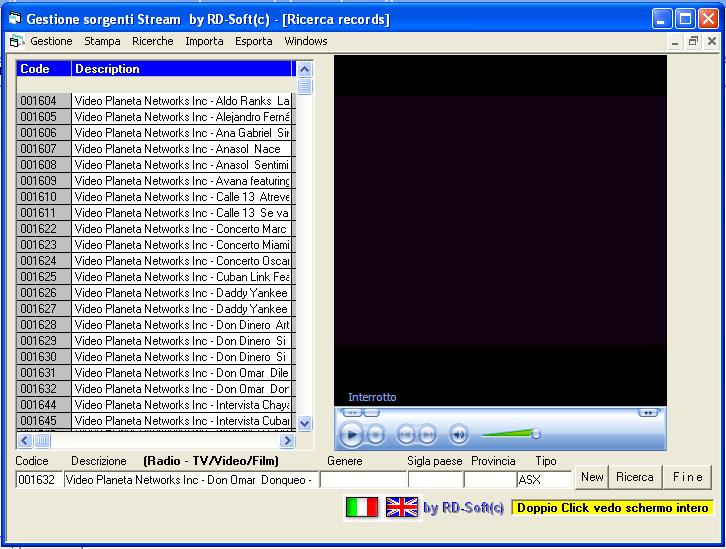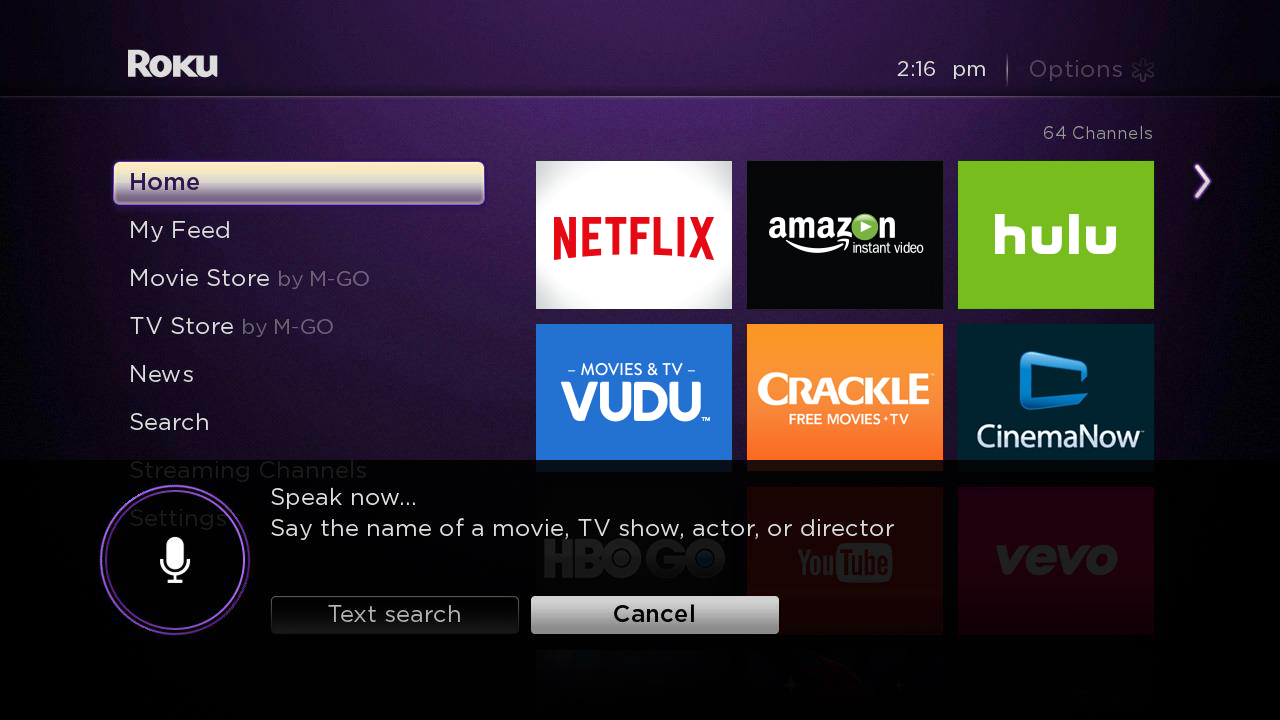
The rise of the World Wide Web in the 1990s, and social media in 2000s expanded this principle to other collections of data. The Finder allowed users to view the files and applications as icons or as a list of items, and sort any view in four different ways. When the first Macs in 1984 brought a graphical user interface to the masses, they popularized this new independence. This added more possibilities for displaying data. The user experience of the data was no longer dependent on how it was stored (files, relational databases, object-oriented databases, etc.) (More precisely, we should say that the physical representation of data, its logical representation, and its user representation became separated.) In addition, the display could now be updated dynamically in real-time.

The invention of interactive graphical computing in the 1960s enabled displaying the same data in various ways on the computer display. This meant that the format in which it was presented was also fixed. However, the general information forms of a data stream, a database, and a timeline are central to bothīefore digital computers, the data was typically recorded in some permanent medium. So when I discuss below the details of how these services organize information, these details only refer to the services’ own web sites and mobile clients, as they are implemented currently (10/2012).

Because of these considerations, it is not meaningful to talk about a single “Twitter interface” or “Facebook interface” as seen by all users. (In 2011, over one million applications and clients for Twitter were registered.) Forth, users also use third-party applications which aggregate the data from many social networks, providing a single commmand center interface (for example, HootSuite). For example, instead of a single timeline as offered by the native Twitter interface, TweetDeck allows the user to curate multiple columns each displaying different type of content. Third, numerous third party web sites and mobile apps designed for interacting with the social platforms may also offer alternative interfaces. Because of the differences in screen size, types of files which can be accessed, and other technical details, the interface for each platform will have some differences.
TV STREAMS DATABASE FULL
Second, the companies are expected to provide access to these services on a number of platforms – full web sites, mobile web sites, the apps for iOS Android, and smart TVs. First, Twitter, Facebook, Google+ and other companies periodically change the interfaces of their products (think of Facebook Timeline interface introduced at the end of 2011). In this article, I will discuss three common information forms of web-based social network services: a data stream, a database, and a timeline.Īny discussion of the interfaces of the social network services has to be done carefully. We can call such shared patterns the forms of information. Some of these design patterns are unique to particular communication technologies others are more general and shared by multiple technologies. These information design patterns specify how information is presented visually and/or spatially, how it is updated over time, and how users can interact with it. The interiors of Buddhist temples and Medieval cathedrals, store displays, books, newspapers, magazines, films, motion graphics, manga, museums, car dashboards, wayfinding systems in airports, email, chat, blogs, social networks and every other communication media organize information in particular ways, creating distinct user experiences.

Data stream, database, timeline: the forms of social media


 0 kommentar(er)
0 kommentar(er)
